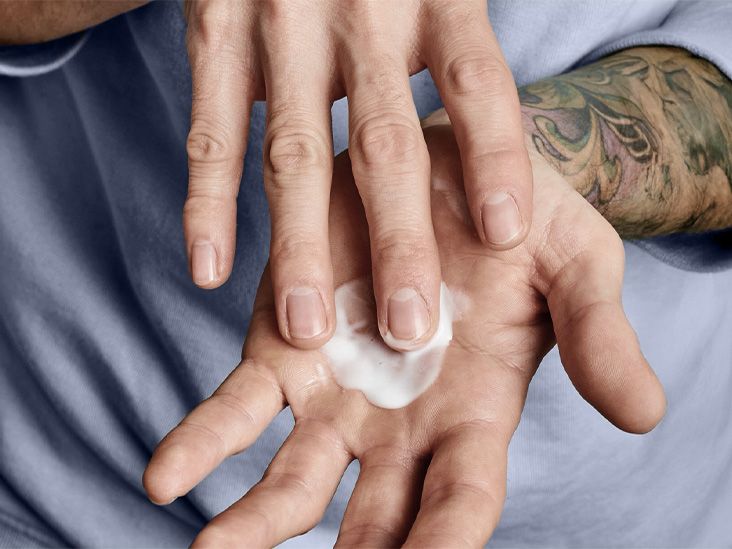Itchy but temporary: How to treat and prevent swimmer’s itch

Swimmer’s itch, a vexing and uncomfortable condition, can quickly turn a day of fun in the water into an irritating ordeal. This malady, also known as cercarial dermatitis, is a skin rash caused by an allergic reaction to certain parasites that infect birds and mammals. These parasites are released from infected snails into fresh and saltwater, and they burrow into the skin of humans who come into contact with contaminated water. Although swimmer’s itch is itchy but temporary, it can cause significant discomfort. Here’s a detailed guide on how to treat and prevent this pesky condition.
Understanding Swimmer’s Itch
Swimmer’s itch occurs when parasites mistakenly penetrate the skin of humans instead of their intended hosts, such as birds or mammals. These parasites are usually present in shallow, warm waters, where they thrive. Upon entering the human skin, they die almost immediately, but their presence triggers an immune response, leading to the telltale symptoms of swimmer’s itch: red, raised bumps, itching, and burning sensations.
The rash typically appears within minutes to days after swimming in contaminated water. While the symptoms can be distressing, swimmer’s itch is usually itchy but temporary, resolving on its own within a week or so.
Recognizing the Symptoms
The symptoms of swimmer’s itch can vary in intensity, but they generally include:
- Tingling, burning, or itching of the skin
- Small reddish pimples or blisters
- Rash that may appear on skin not covered by a swimsuit
It’s crucial to note that the symptoms are often more severe with repeated exposure, as the body’s immune system becomes more sensitive to the parasite.
Treatment Options
Although there is no specific cure for swimmer’s itch, several remedies can help alleviate the discomfort and expedite the healing process.
Immediate Care
- Rinse and Dry: As soon as you notice the symptoms, rinse off with clean water and dry the affected area thoroughly. This can help remove any remaining parasites on the skin.
- Avoid Scratching: Scratching the affected area can lead to secondary infections. Try to keep your nails short and wear gloves at night to prevent scratching while sleeping.
Home Remedies
- Oatmeal Baths: Soaking in a colloidal oatmeal bath can soothe the irritated skin. Oatmeal has anti-inflammatory properties that can help reduce itching and swelling.
- Baking Soda Paste: Applying a paste made from baking soda and water can provide relief from itching. This paste should be left on the skin for 10-15 minutes before rinsing off.
- Cool Compresses: Applying cool, damp cloths to the affected areas can help reduce itching and inflammation.
Over-the-Counter Treatments
- Anti-Itch Lotions: Products containing calamine, hydrocortisone, or pramoxine can provide temporary relief from itching and discomfort.
- Antihistamines: Oral antihistamines, such as diphenhydramine (Benadryl), can help reduce itching and swelling.
When to See a Doctor
While swimmer’s itch is typically itchy but temporary, seek medical attention if:
- The rash covers a large portion of your body.
- The itching is severe and unrelenting.
- There are signs of a secondary infection, such as increased redness, warmth, swelling, or pus.
Preventive Measures
Preventing swimmer’s itch involves understanding where and when the parasites are likely to be present and taking steps to avoid exposure.
Choosing Safe Swimming Locations
- Avoid Shallow, Warm Water: Parasites are more likely to be present in shallow, warm water, especially near the shore. Opt for deeper waters when swimming.
- Check Local Advisories: Before swimming, check for any local health advisories or signs warning of swimmer’s itch. Many public beaches will post warnings if swimmer’s itch has been reported.
Protective Measures
- Towel Off Promptly: After swimming, use a towel to dry off immediately. This can help remove any parasites on the skin before they have a chance to burrow.
- Rinse Off: Rinse off with clean water as soon as possible after swimming to wash away any parasites.
- Swim Away from the Shore: Try to swim in deeper water, away from marshy areas where snails, the intermediate hosts of the parasites, are likely to be found.
Special Considerations for Children
Children are more susceptible to swimmer’s itch because they tend to play in shallow water for extended periods. Ensure that children follow the same preventive measures and encourage them to swim in deeper areas when possible.
Conclusion
Swimmer’s itch, while itchy but temporary, can be a bothersome interruption to your aquatic adventures. By understanding the causes and symptoms of this condition, you can take effective steps to treat and prevent it. Immediate care, home remedies, and over-the-counter treatments can provide relief, while preventive measures can help you avoid future encounters with these pesky parasites. Whether you’re swimming in a lake, pond, or ocean, a few simple precautions can ensure that your time in the water remains enjoyable and itch-free.


